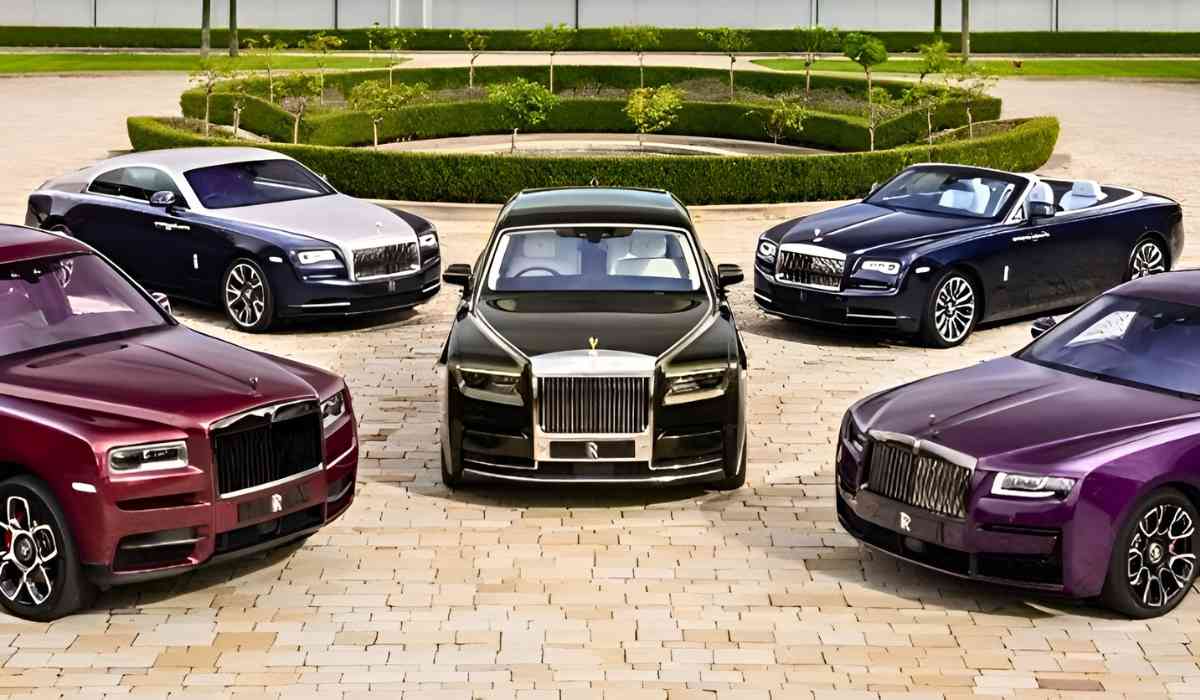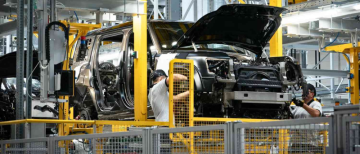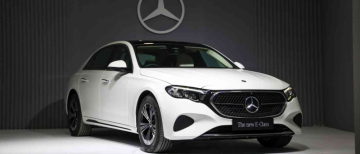Luxury cars have always been more than just vehicles—they are rolling testaments to human ingenuity, artistry, and the relentless pursuit of perfection. From the ornate, handcrafted carriages of the early 20th century to today’s high-tech, sustainable masterpieces, the evolution of luxury car design and innovation mirrors the changing aspirations and technological prowess of society itself. Let’s embark on a journey through time, exploring how luxury automobiles have transformed from classic icons to contemporary marvels.
The Dawn of Luxury: Craftsmanship and Prestige
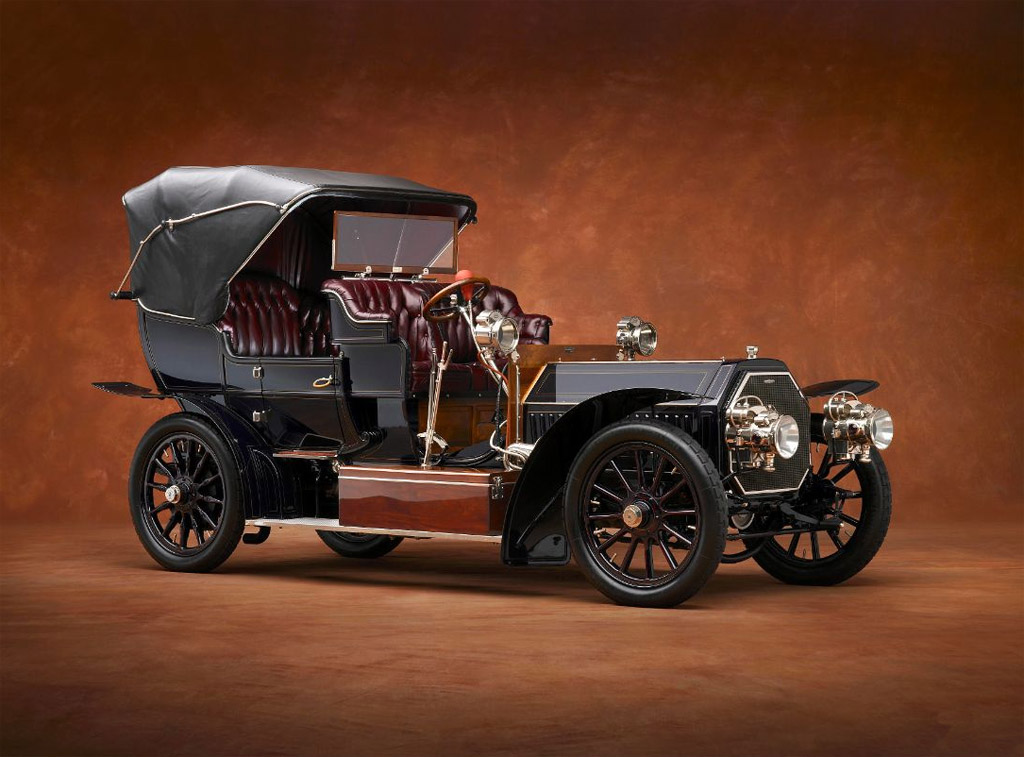
The story of luxury cars begins in the late 19th and early 20th centuries, when automobiles were rare novelties reserved for the elite. Early luxury vehicles, such as those produced by Panhard et Levassor and Benz & Cie., were essentially horseless carriages, painstakingly assembled by skilled craftsmen using the finest materials available. These cars were not just about transportation; they were statements of wealth and status, adorned with intricate woodwork, brass fittings, and plush interiors.
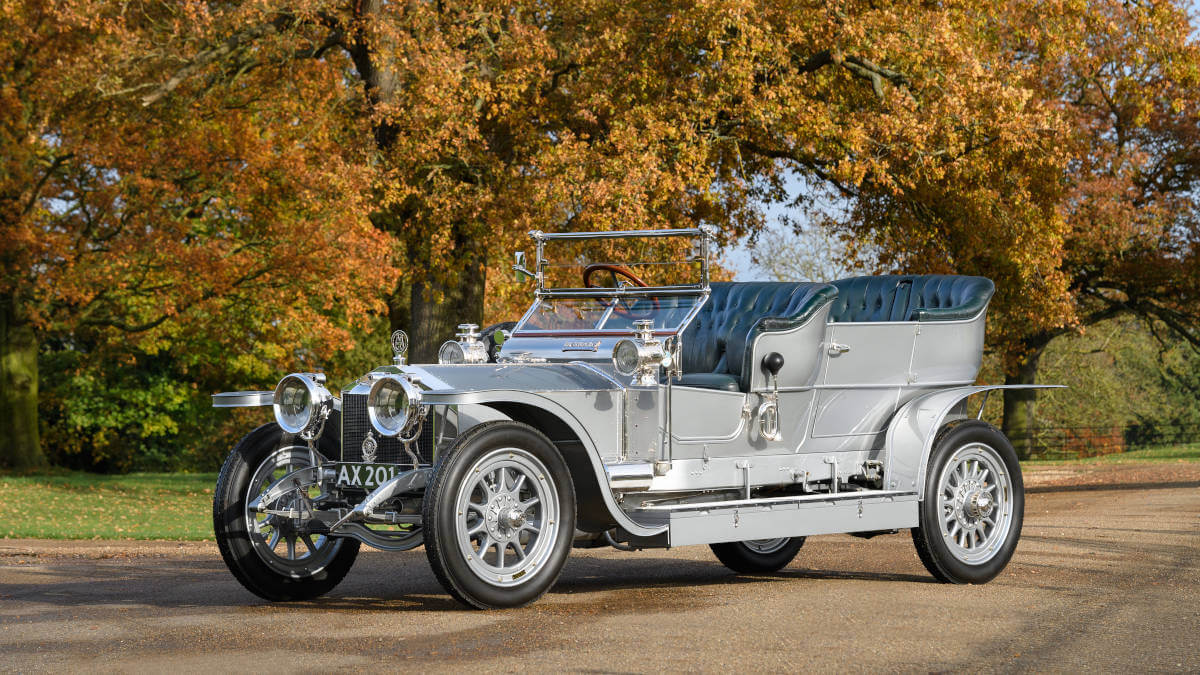
The 1907 Rolls-Royce Silver Ghost is often hailed as the world’s first true luxury car, setting a new benchmark for refinement, reliability, and comfort. Its smooth ride, advanced engineering, and elegant design established Rolls-Royce’s reputation for building “the best car in the world.” This era was defined by exclusivity, with each vehicle tailored to the tastes of its owner, reflecting a blend of artistry and engineering excellence.
The Roaring Twenties and the Age of Streamlining
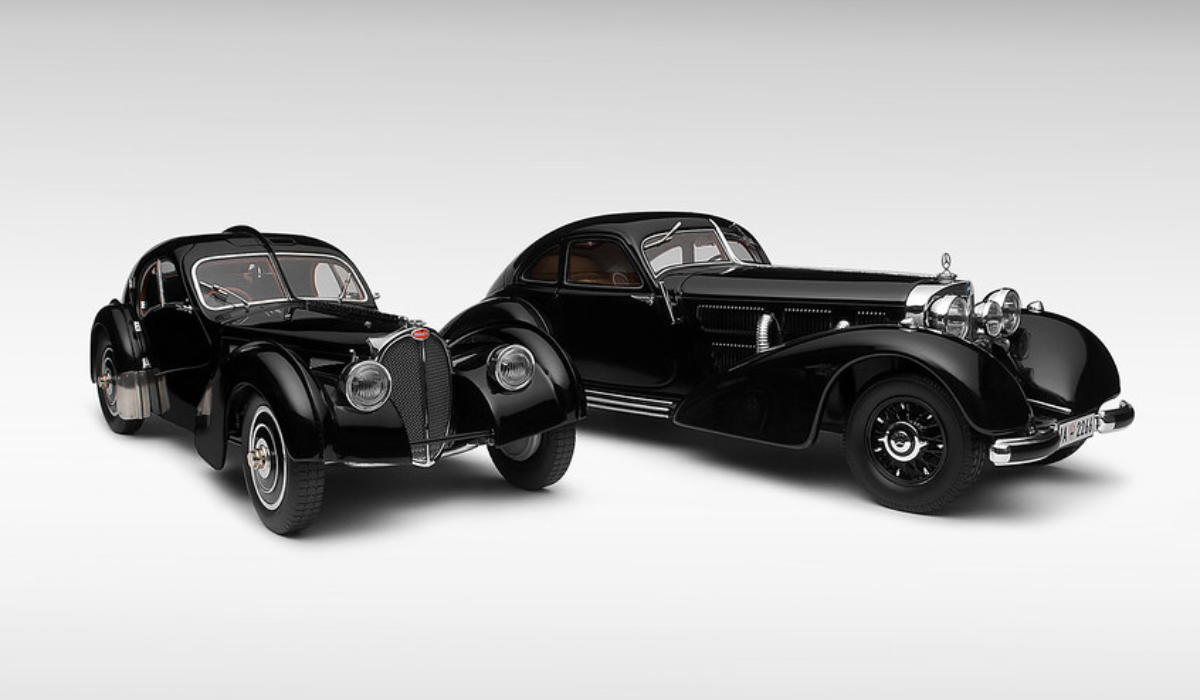
The 1920s and 1930s marked a turning point in luxury car design. As the automotive industry matured, manufacturers began to focus on aesthetics as well as performance. The introduction of streamlining—a design philosophy inspired by the aerodynamic shapes of airplanes—ushered in a new era of sleek, rounded lines meant to reduce wind resistance and enhance speed. Iconic models like the Bugatti Type 57 and Mercedes-Benz 540K exemplified this trend, blending beauty with cutting-edge engineering.

This period also saw the rise of luxury brands such as Duesenberg and Cadillac, which competed to offer the most stylish, powerful, and technologically advanced vehicles. Cars became symbols of aspiration, with consumers eager to “trade up” to more prestigious models. The luxury automobile was no longer just a mode of transport; it was a rolling expression of personal identity and ambition.
Post-War Innovation: New Materials, New Ideas
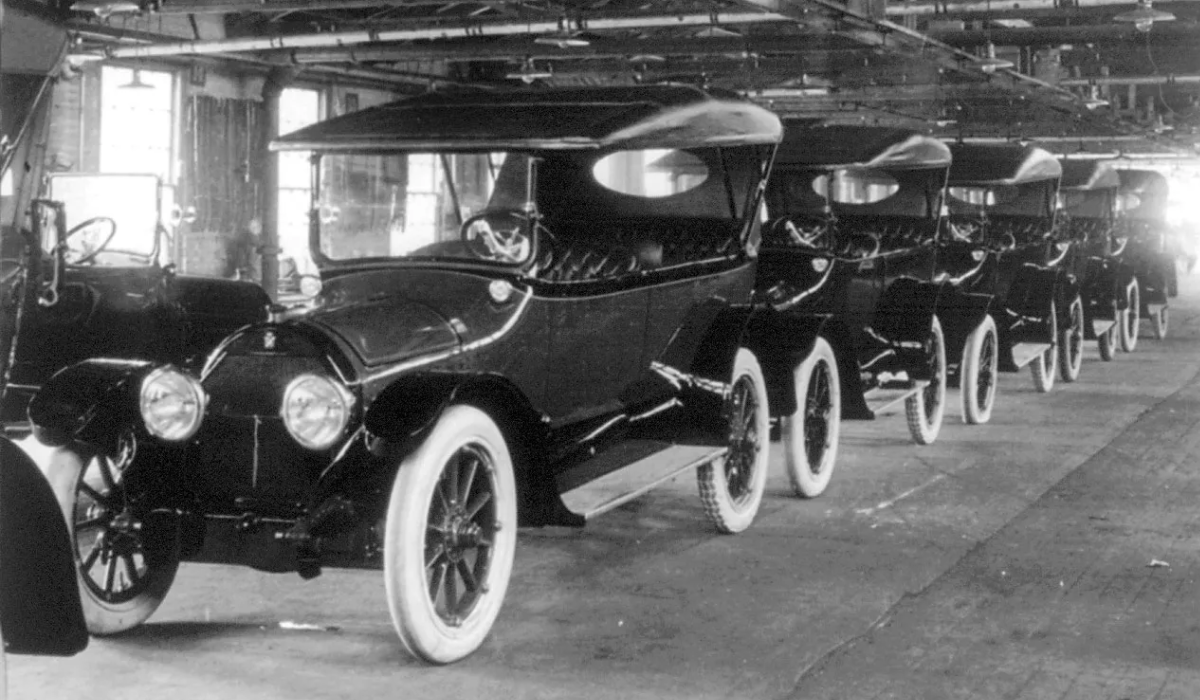
The aftermath of World War II brought a wave of innovation to the luxury car segment. Advances in materials science and manufacturing techniques allowed designers to experiment with fiberglass, aluminum, and other lightweight materials. The 1950s and 1960s were characterized by bold, futuristic designs—think Cadillac’s iconic tailfins and the jet-inspired styling of American and European luxury cars.

Luxury vehicles of this era were not just about looks; they introduced features such as power steering, automatic transmissions, and air conditioning, setting new standards for comfort and convenience. Brands like Mercedes-Benz and Bentley led the way, fusing style with substance and making luxury cars both desirable and practical for a growing global audience.
The Golden Age: Technology Meets Craftsmanship
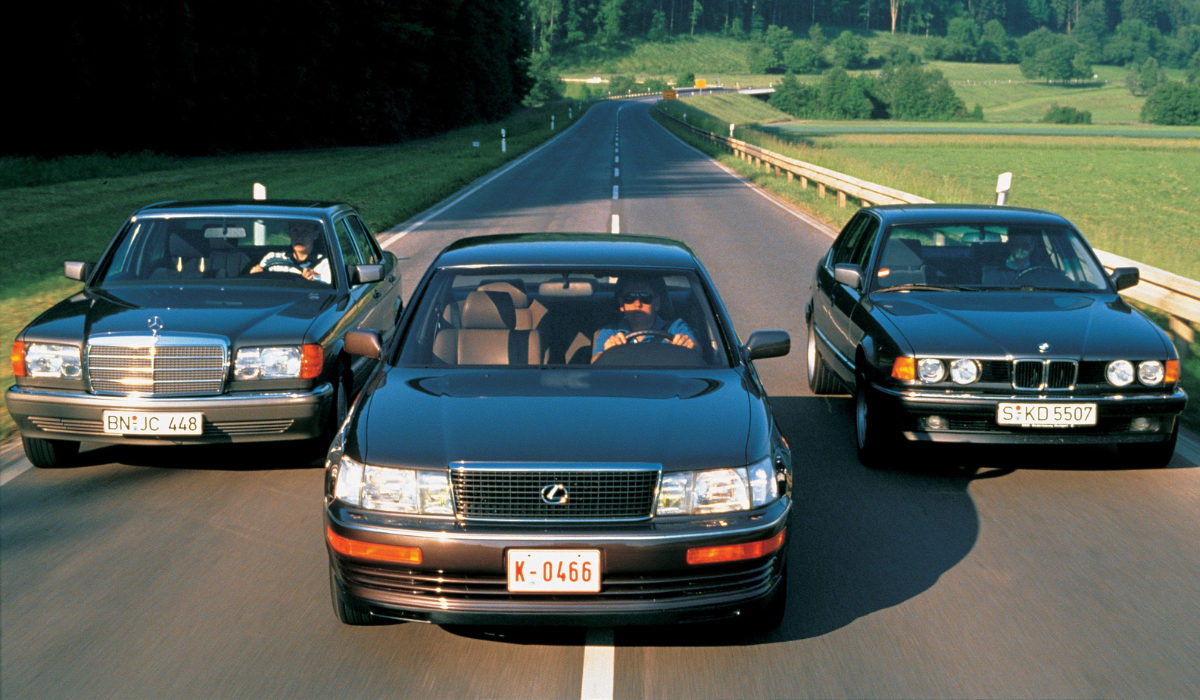
The 1980s and 1990s are often considered the golden age of luxury automobiles. This was a time when exquisite craftsmanship met rapid technological advancement. Manufacturers like BMW, Mercedes-Benz, and Lexus redefined luxury with a focus on performance, safety, and innovation. The introduction of electronic fuel injection, anti-lock braking systems, and adaptive suspensions elevated the driving experience to new heights.
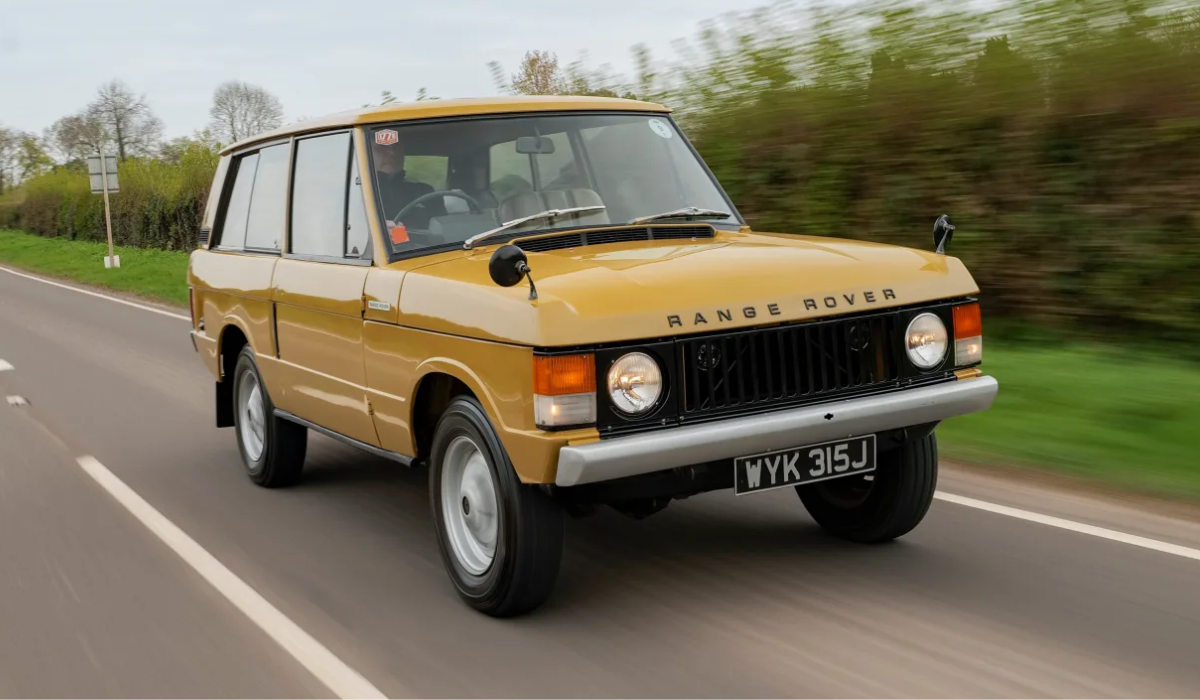
This era also witnessed the birth of the luxury SUV. The Range Rover, launched in 1970, combined off-road capability with refined comfort, appealing to affluent buyers who wanted versatility without sacrificing opulence. By the 1990s, luxury SUVs from brands like Lexus and Mercedes-Benz had become status symbols in their own right, blending ruggedness with elegance.
Contemporary Luxury: The Digital Revolution and Sustainability

Today, luxury cars are at the forefront of technological innovation. Modern vehicles are equipped with advanced infotainment systems, adaptive cruise control, and a suite of driver-assistance features that make driving safer and more enjoyable than ever before. The rise of electric drivetrains and hybrid technology has introduced a new dimension to luxury, as brands strive to combine performance with sustainability.
Customization remains a hallmark of luxury, with manufacturers offering bespoke options that allow owners to personalize every aspect of their vehicle—from the stitching on the seats to the finish of the dashboard. The use of high-end materials such as carbon fiber, Alcantara, and sustainable leathers reflects a growing awareness of environmental impact without compromising on quality or comfort.

Luxury SUVs have also evolved, with models like the Bentley Bentayga and Lamborghini Urus representing the pinnacle of performance, luxury, and practicality. These vehicles cater to a global clientele that demands versatility, exclusivity, and state-of-the-art technology in one package.
Defining Characteristics: What Makes a Car “Luxury”?
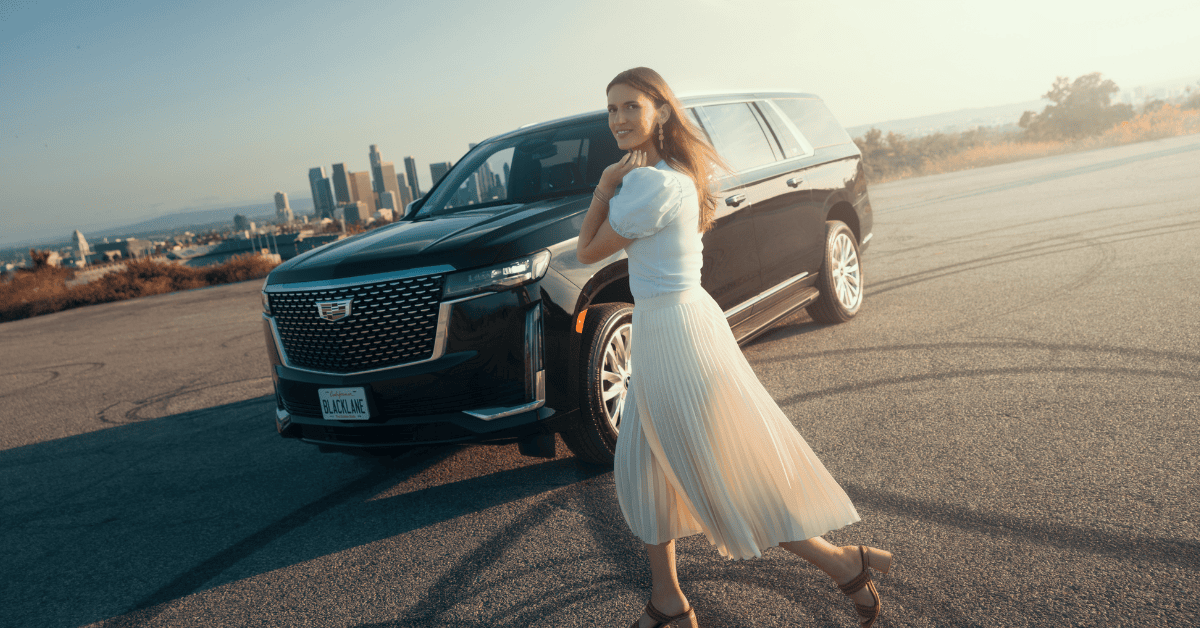
Throughout their evolution, luxury cars have been defined by several key characteristics:
-
Superior Craftsmanship: Attention to detail, hand-finished interiors, and the use of premium materials.
-
Advanced Engineering: Innovations in performance, safety, and comfort that set benchmarks for the industry.
-
Exclusivity: Limited production runs, bespoke customization, and a focus on individuality.
-
Prestige: A heritage of excellence, often associated with iconic brands and storied histories.
-
Innovation: Adoption of cutting-edge technology, from early electric ignitions to today’s AI-powered driver aids.
Milestones in Luxury Car Innovation

Some pivotal milestones have shaped the luxury car landscape:
-
1907: Rolls-Royce Silver Ghost sets the standard for luxury and reliability.
-
1920s-1930s: Streamlined designs and the rise of iconic brands like Duesenberg and Cadillac.
-
1950s-1960s: Introduction of new materials and futuristic styling; power features become standard.
-
1970: Range Rover pioneers the luxury SUV segment.
-
1980s-1990s: Electronic innovations and the globalization of luxury brands.
-
2000s-Present: Digital interfaces, electric drivetrains, and sustainable materials redefine luxury for a new era.
The Future: Where Is Luxury Car Design Headed?

As we look ahead, the future of luxury car design is being shaped by three major forces:
-
Electrification: With growing environmental concerns, luxury brands are investing heavily in electric and hybrid technology, aiming to deliver zero-emission vehicles that don’t compromise on performance or comfort.
-
Autonomous Driving: The integration of AI and advanced sensors is paving the way for self-driving luxury cars, promising a new era of convenience and safety.
-
Personalization and Connectivity: Tomorrow’s luxury cars will offer even greater levels of customization and seamless connectivity, transforming vehicles into personalized digital spaces.
Sustainability is increasingly at the heart of luxury, with brands exploring eco-friendly materials, ethical sourcing, and carbon-neutral manufacturing processes. The challenge is to balance tradition and innovation—honoring the heritage of craftsmanship while embracing the possibilities of the digital age.
A Legacy of Excellence, A Future of Possibility

From the stately Silver Ghosts of the early 1900s to the electric-powered marvels of today, the evolution of luxury car design and innovation is a story of relentless progress, creativity, and ambition. Luxury automobiles have always been more than just machines; they are cultural icons, technological pioneers, and symbols of human achievement.
As we move from classic to contemporary, one thing remains constant: the allure of the luxury car endures, captivating the imagination of enthusiasts and collectors around the world. Each new generation brings fresh possibilities, ensuring that the journey of luxury car evolution is far from over—it’s only just beginning.
With inputs from agencies
Image Source: Multiple agencies
© Copyright 2025. All Rights Reserved Powered by Vygr Media.

